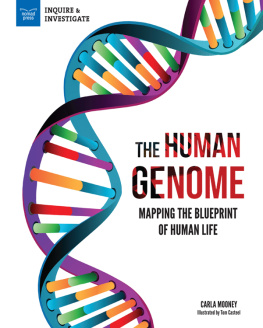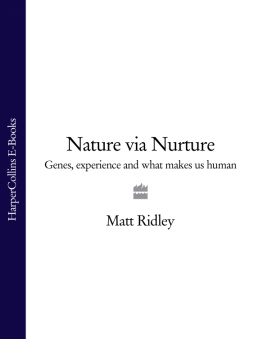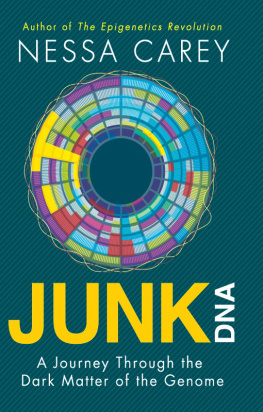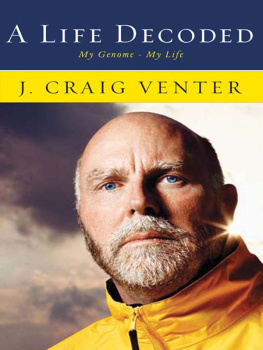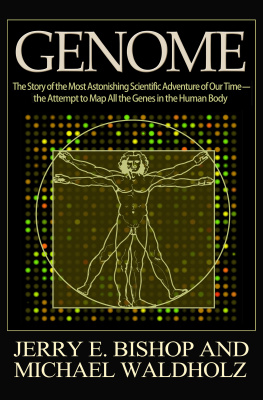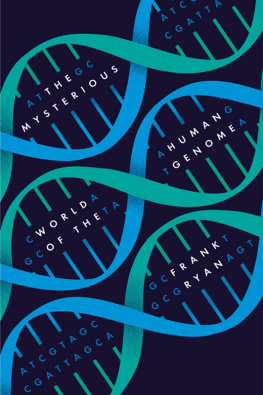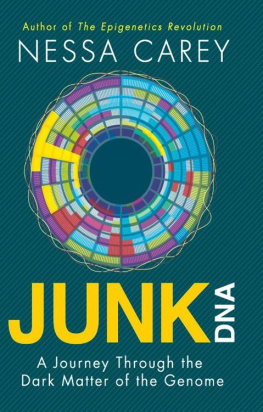I would like to thank a number of people who have helped bring this book to fruition. I owe particular thanks to Latha Menon, my editor at Oxford University Press, who was both firm in her suggestions about where the text needed modifying, and encouraging where she felt it did not. I would also like to thank Emma Ma and Jenny Nugee of the OUP editorial team, for their help on a multitude of practical matters, and Elizabeth Stone at Bourchier Limited for her meticulous copy-editing of the book. I gained some very valuable insights and suggestions for modifications to the text from a number of people who read my original proposal and various drafts of the book, namely Guida Ruas and Martin Empson, together with four anonymous reviewers. I also owe many thanks to Anthony Morgan for producing the photo for the book cover. For their excellent assistance with marketing and publicity I would like to thank Phil Henderson and Kate Farquhar-Thomson of OUP, as well as Jonathan Wood of the Oxford University Press Office. I would also like to thank Kate Gilks of OUP and Andrew Hawkey for their skill and expertise in proof-reading and compiling the index. I am very grateful to friends and colleagues who have indulged my many queries and speculations about matters relating to the genome during the writing of this book, as well as providing very helpful feedback and suggestions. Finally, I owe special thanks to my family, who have provided me with love throughout the writing and production of this book, and put up with the many hours spent researching and writing when it cut into our time spent together as a family.

Sit down before fact as a little child, be prepared to give up every preconceived notion, follow humbly wherever and to whatever abysses nature leads, or you shall learn nothing.
Thomas Huxley
What is a scientist after all? It is a curious person looking through a keyhole, the keyhole of nature, trying to know whats going on.
Jacques Cousteau
It was on the morning of 5 September 2012 that I first heard about the death of junk DNA. I was sitting at a desk at The Times newspaper in London; to one side, through huge windows, I could see the Thames, Tower Bridgewhich all summer had been sporting the Olympic and Paralympic symbolsand beyond that the Shard, the London Eye, and other famous landmarks. Above me, in the open-plan building occupied by Rupert Murdochs News International company, was the floor occupied by the Sun, with its huge, framed past front pages with headlines like Up Yours Delors! and Sling Your Hook!, references to European Commission President Jacques Delors and radical Muslim cleric Abu Hamza, respectively. At the time the Sun was embroiled in a major investigation into its alleged use of illegal phone tapping. Although it was 9.30 a.m. the offices were still largely empty; the deceptive lack of activity was contradicted, however, by the influx of messages in my e-mail inbox from other journalists, pitching ideas to the editors for the days stories even as they travelled to work by the Underground or rail.
Although Id been working at The Times for over a month, my position funded by a British Science Association Media Fellowship, I still felt a bit of an imposter, perhaps because the day-to-day activities of being a journalist were so different compared to my normal role as a biologist and lecturer at Oxford University. One particular difference was the tempo; while in my regular job I may spend months, even years, gathering data for a study and presenting it for publication, submitting the manuscript to a journal, and then spending more time battling with anonymous reviewers who can either damn the whole study with a dismissive word or demand further data, here the pace of publication was very different.
So a typical day at The Times began by scouring Eureka Alert and other websites that gather together the latest press releases, funding announcements, and other news from the world of science. This would form the basis of my days pitch to the news editors, which typically would consist of two, maybe three, stories I thought might compete with other news from the world of politics, economics, sport, and scandal. After anxiously waiting while the editors had their mid-morning meeting, I would hopefully get the go-ahead to write 600 words on one topic, 400 on another, all to be submitted to the news desk by 3 or 4 p.m. to have any chance of making the printed paper. Around me, kick-started into life by similar demands, the office was now a whirring hub of activity as everything became subsumed towards a central goalthe production of the next days news. If I had written well, and, as important, proved lucky against competing news items, I might see one or two of my articles online by early evening. However, the real test of how well I was doing would be seeing a piece that Id written appear in next days print edition. And then, like rubbing clean a slate, the next day kicked off exactly the same way.
This morning, however, it was clear something odd was afoot. Over a dozen different press releases had appeared on Eureka Alert, all from different research institutions, but all mentioning ENCODEan acronym for ENCyclopedia of DNA Elements. As I read further, I learnt the reason for this sudden burst of information: ENCODE was the culmination of almost a decades research involving 442 scientists from 32 institutions and costing $288 million. And its claims seemed as big as its budget. So while the original Human Genome Project provided the sequence of letters that make up the DNA code, ENCODE appeared to have gone substantially further and told us what all these different letters actually do. Perhaps most exciting was its claim to have solved one of the biggest conundrums in biology: this is the fact that our genes, which supposedly define us as a species, but also distinguish you or I or anyone else on the planet from each other, make up only 2 per cent of our DNA. The other 98 per cent had been written off as junk; however, this raised the question of why our cells should spend vital energy replicating and storing something with no function. The existence of so much junk DNA had also featured heavily in debates between evolutionists and creationists, for why would any creator design a genome in which only 2 per cent actually works?



